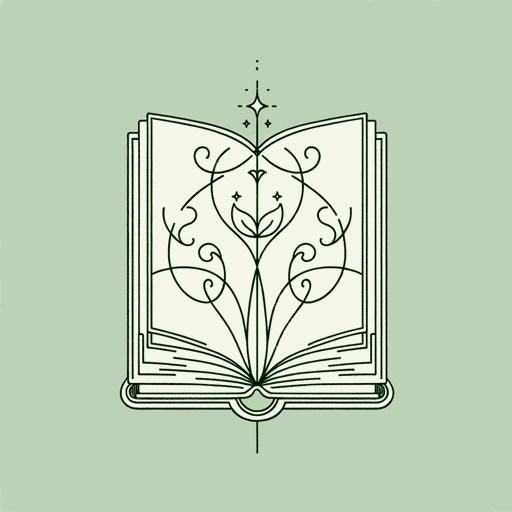53 pages • 1 hour read
Chris ColferThe Wishing Spell
Fiction | Novel | Middle Grade | Published in 2012A modern alternative to SparkNotes and CliffsNotes, SuperSummary offers high-quality Study Guides with detailed chapter summaries and analysis of major themes, characters, and more.
Symbols & Motifs
The Wishing Spell Ingredients
The search for the ingredients of the Wishing Spell is the main conflict of the novel. Several ingredients are famous objects from a specific fairy tale: Cinderella’s glass slipper, Sleeping Beauty’s spindle, Rapunzel’s hair, Red Riding Hood’s basket, the Little Mermaid’s dagger, and Snow White’s coffin. The crown and tear are not from any specific fairy tale, but crowns and tears both play important roles in many fairy tales. Crowns represent happy endings, and tears symbolize the hopelessness felt by the protagonist before they can set off to find their happily-ever-after.
No explanation is given for why these exact items are required to cast the spell, but it may be that these items were somehow involved in wishes or other magic. Cinderella’s glass slippers and the Little Mermaid’s dagger came about because of wishes that were granted. The jewels of Snow White’s coffin and the spindle from Sleeping Beauty’s spinning wheel were associated with curses. Taken together, the Wishing Spell seems to require both objects of joy and hardship to grant a wish.
The Curvy Tree and Walking Fish
The curvy tree and walking fish are first presented as stories told by Alex and Conner’s dad to cheer up his children after rough days at school.

